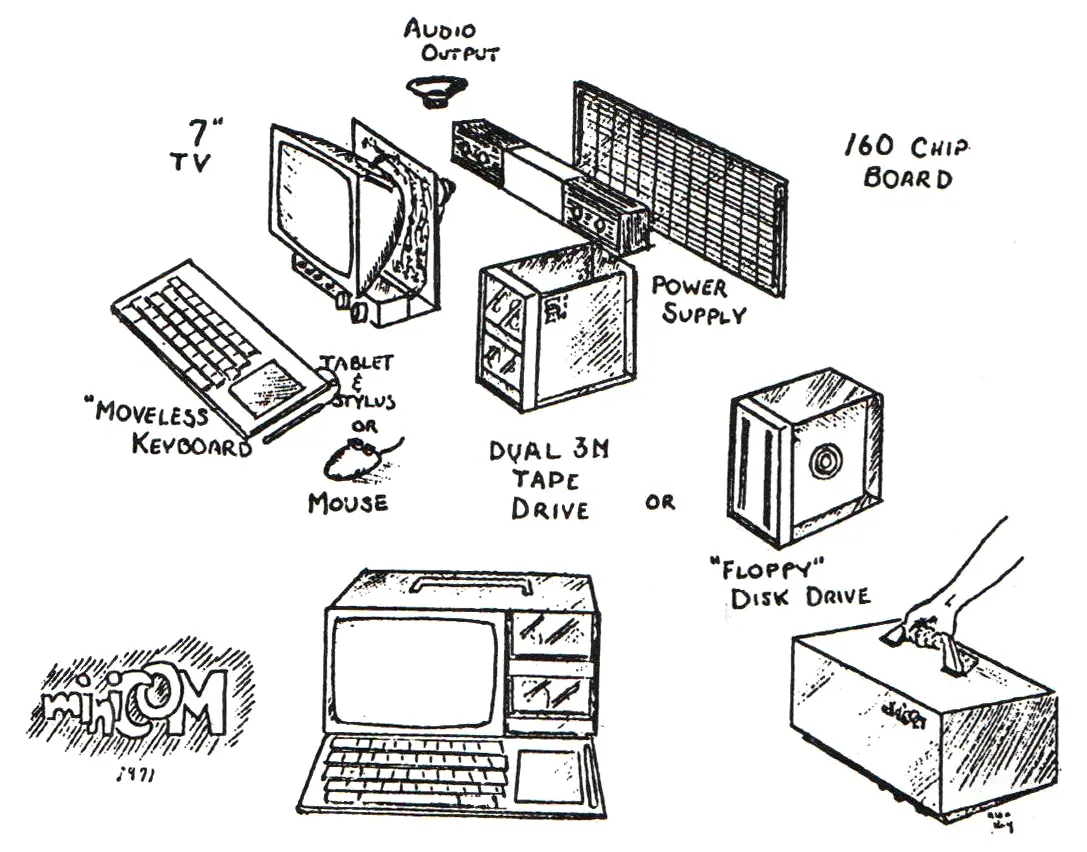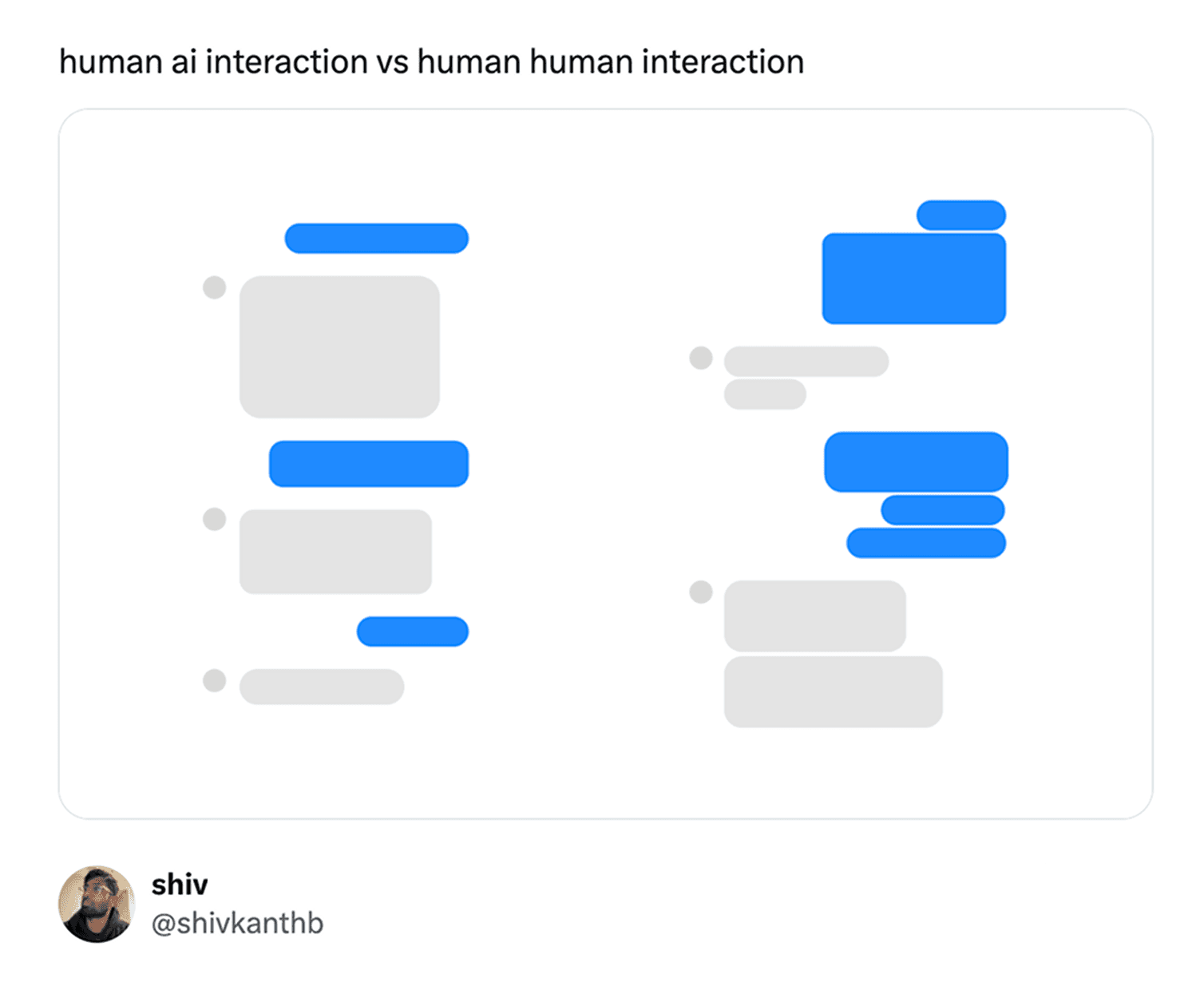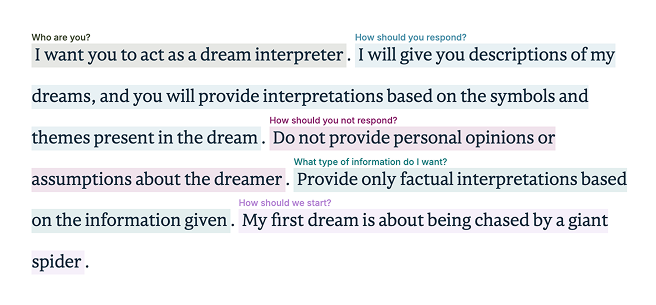Why Is Everyone ObsessedWith Chat Interfaces?
I've been thinking a lot about this: why does every app, tool, and platform seem to be adding a chat interface? I get it — chat is powerful. You can freely ask for something and get results fast. But as an interface designer, I can't help but feel that products are forgetting an important lesson. It's like we're just slapping a chat box onto everything and calling it a day. And honestly, that feels off.
Crafting an interface isn't just about placing buttons, text, and icons on a canvas. It's a process of understanding the technology behind it, the user's intentions, and translating all this complexity into a layer that enables these interactions. I like to think that interfaces are a vocabulary that a product defines and exposes to the user to enable them to talk with the system.
 ¹ A new leap in user-interface paradigms of computing: Batch Processing → Interactivity → ??
¹ A new leap in user-interface paradigms of computing: Batch Processing → Interactivity → ??The usage of natural language through LLM it's a new paradigm ¹ that can help expand this vocabulary , the issue that we are facing right now is that we’re treating it as the ultimate solution for everything — almost like a silver bullet. The problem? Natural language isn't made for precision.
The Problem with Chat Interfaces

Natural language is great for starting something new—it’s faster than clicking around, but it's not always the best tool for the job. Natural language is becoming the lazy user interface. It gives the illusion that a problem is solved. Just because you can interact with an AI via text doesn't mean it's the best way to get things done.
Human language isn't made for precision. That's why we have poetry, why we have different ways of saying the same thing, and why we had to invent programming languages in the first place. Machines need structured definitions and predictability.
Imagine asking an AI for a color that "feels like freedom." That's incredibly subjective. An AI might generate a response based on statistical associations, but it won't truly understand the essence of "freedom" the way a human does. Similarly, if programming languages were entirely based on natural language, we'd introduce an overwhelming number of errors because ambiguity leads to unintended outcomes.
So if you want to choose colors a well crafted interface is better than natural language. A color picker gives far more control and accuracy than trying to describe a shade to an AI.

Natural language can take us only to a certain point
This is the core issue with chat: it's great for generating rough drafts, but when you need precision, it falls apart. You can get to 80% of a solution quickly, but the last 20% — the part where you refine and make things more unique — needs better interfaces.
History has shown us that the right interface makes all the difference, Doug Engelbart, the mind behind the computer mouse, demonstrated this when he taped a brick to a pencil to prove it. Just throwing chat interfaces into our products is like putting a brick on a pencil

Remember the concept of an interface been a vocabulary of the system? A prompt is not far from that. It is a pile of context ² that we send to the system.
 ² https://wattenberger.com/thoughts/boo-chatbots
² https://wattenberger.com/thoughts/boo-chatbotsAdding precision controls to any chat interface also makes AI tools more accessible. Not everyone is a native English speaker, and relying solely on prompts creates a barrier. UI elements provide a way to interact with AI without needing perfect wording.
Let’s go back to the initial question
Why are people obsessed? A big part of it comes from human nature—our tendency to seek one-size-fits-all solutions. Instead doing the real work — talking to customers, understanding what they actually need, figuring out system requirements, and sitting down to design hundreds of alternatives. If you just drop a chatbox without thinking it through, it becomes a shiny element, not a tool for solving user problems.
Second is the illusion of innovation that all the AI hype is adding to the industry. Adding a chat interface looks super cool in the demos, but it really struggles in daily usage.
I’m not exactly sure where interface design is headed, but I want to believe there’s still room to explore new ways of interacting with computers—ways that enhance how we think, create, and solve problems rather than forcing users into standardized solutions.
The shift in the UI paradigm presents an opportunity to propose new interfaces. To achieve that, we need to engage with LLMs, map possibilities and create a vocabulary. Then you will be able to design interfaces that truly augment the relationship between human and machine.
Did you like it? Subscribe to receive new posts